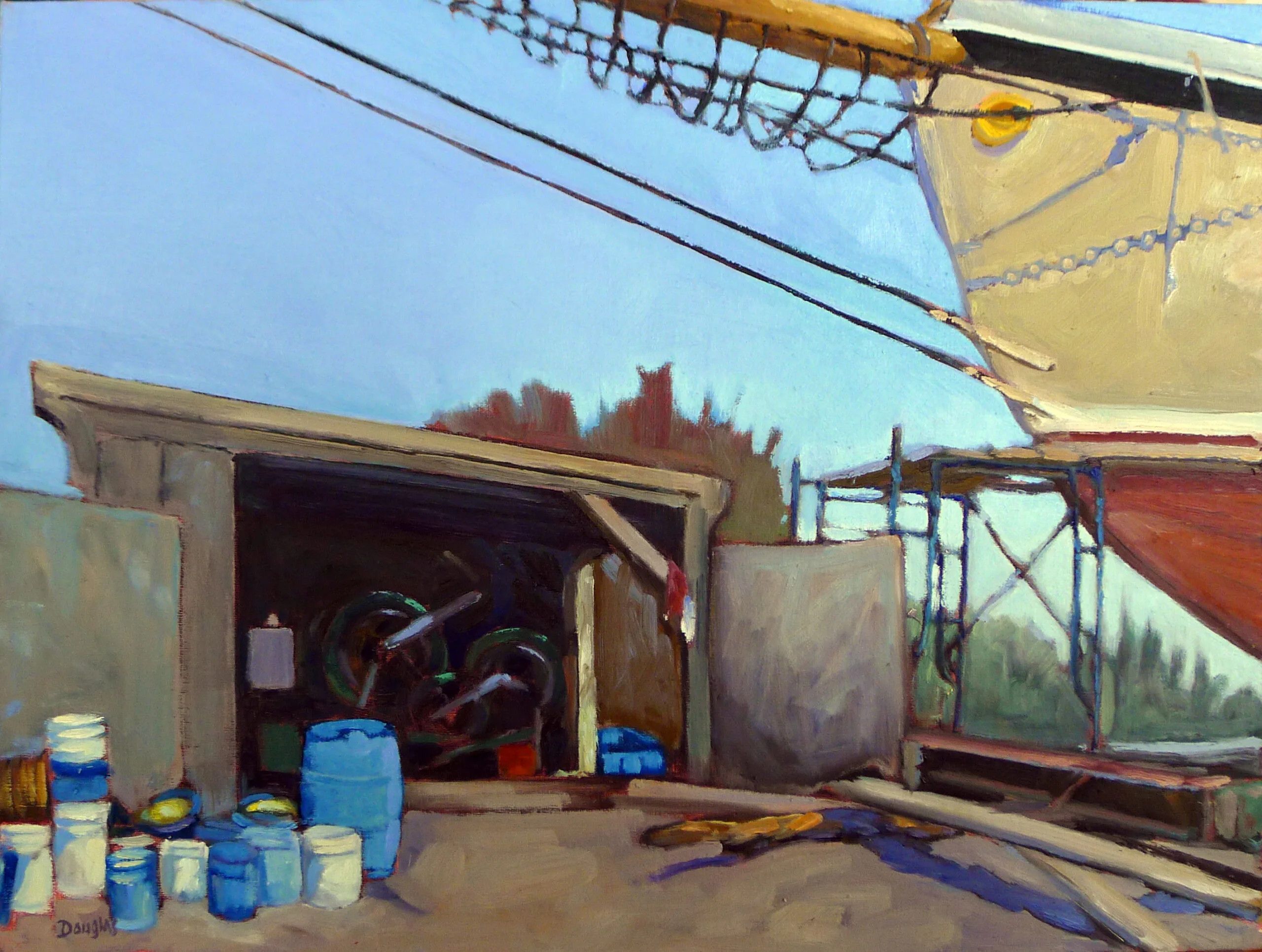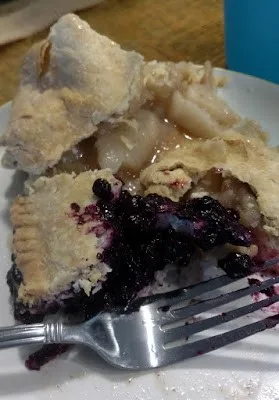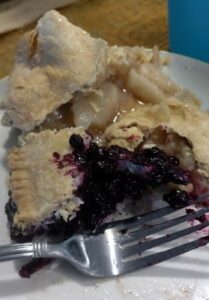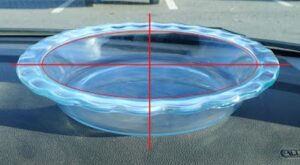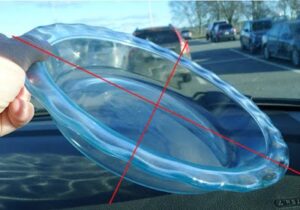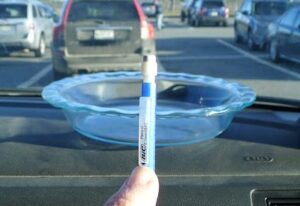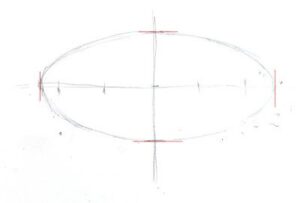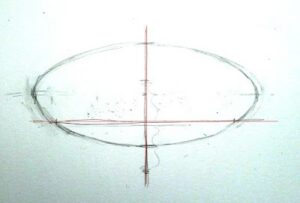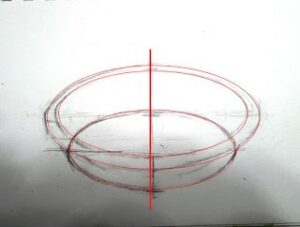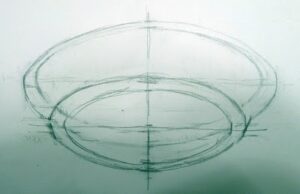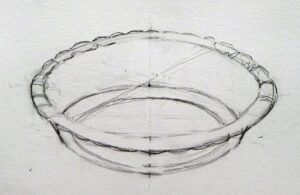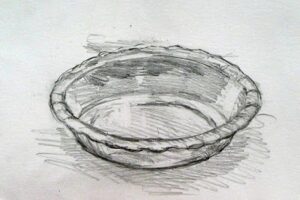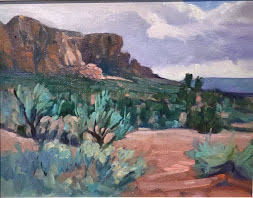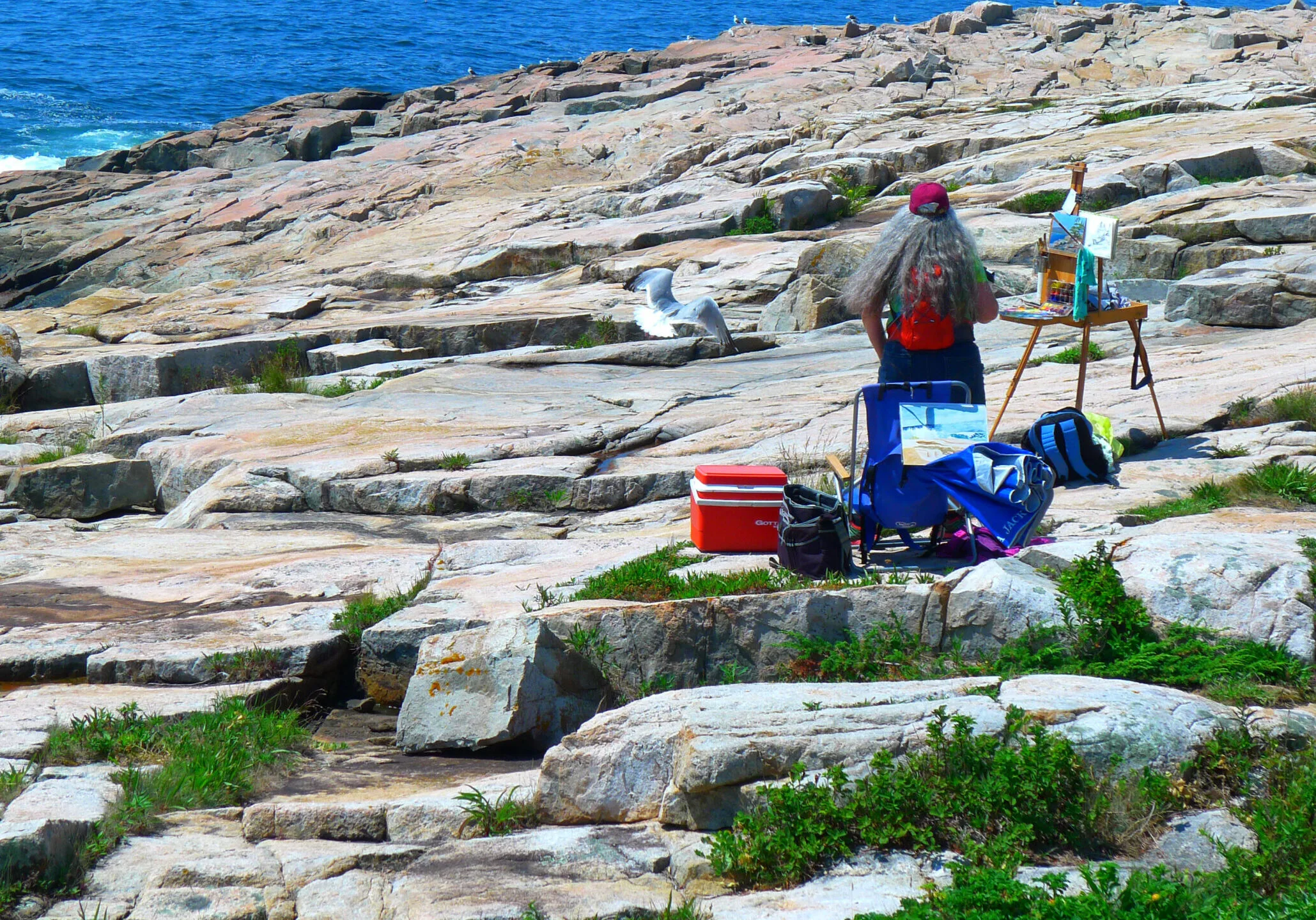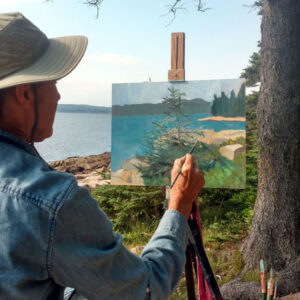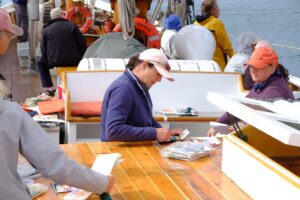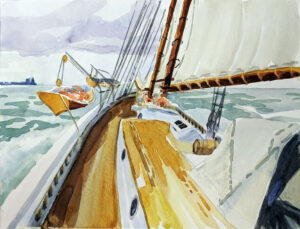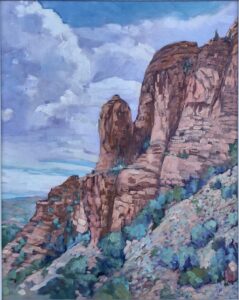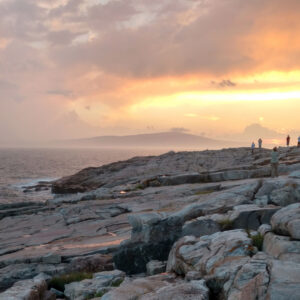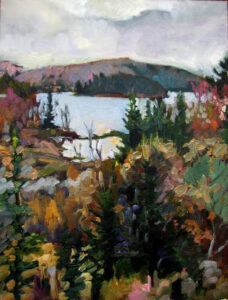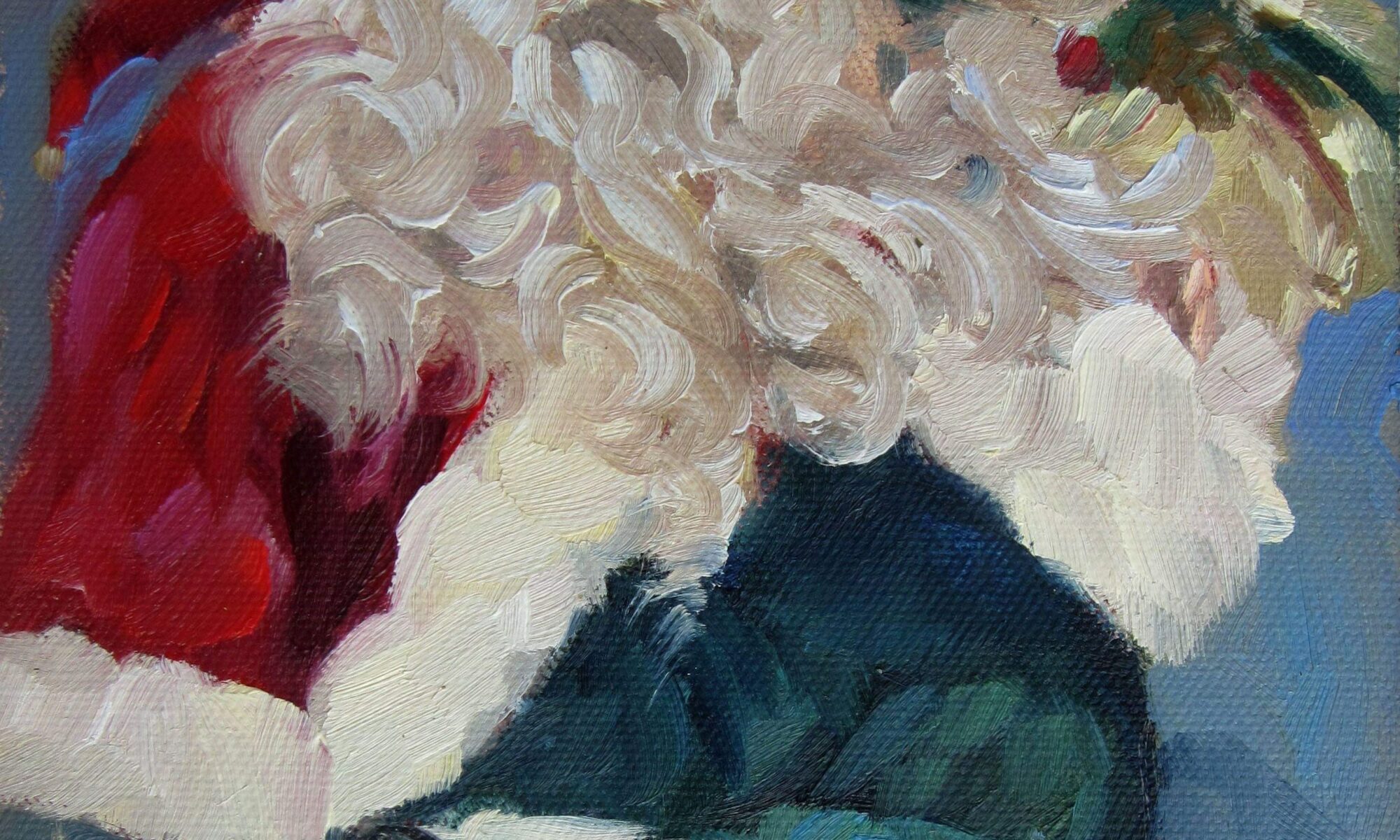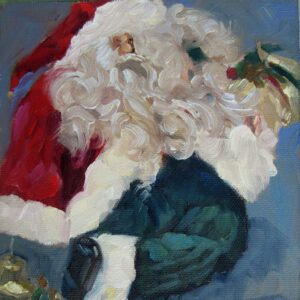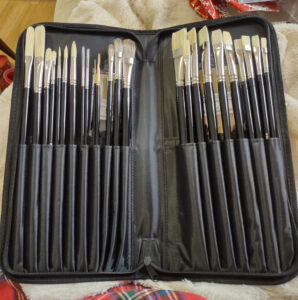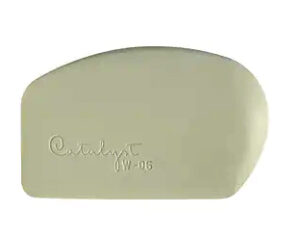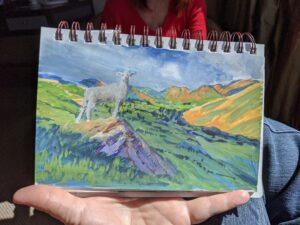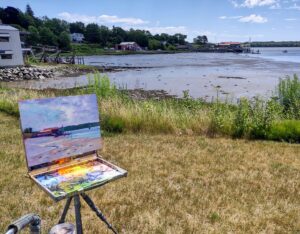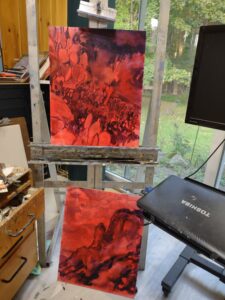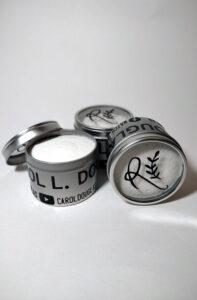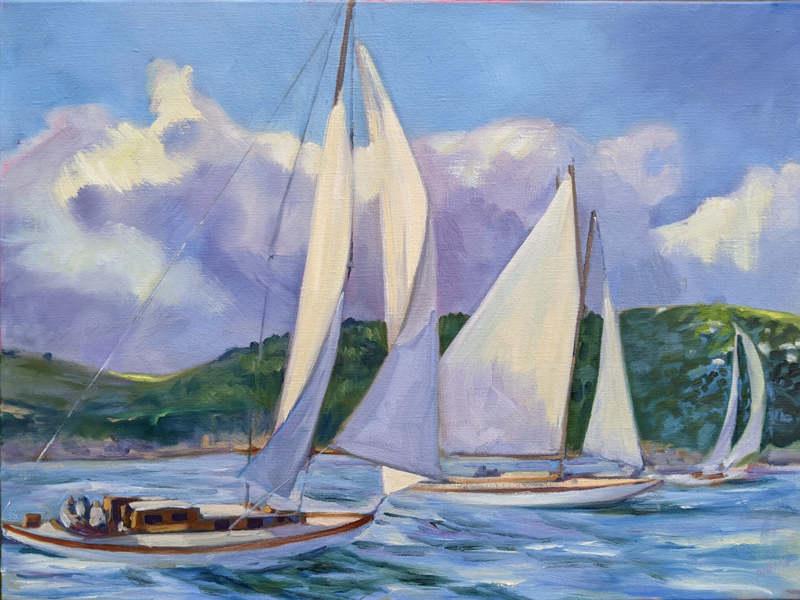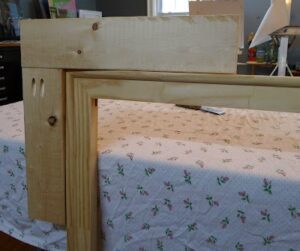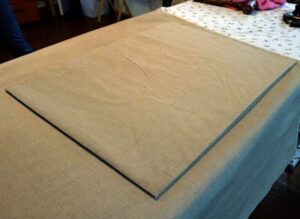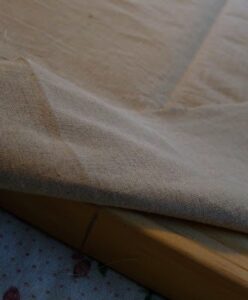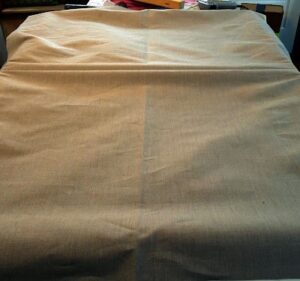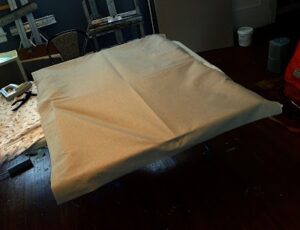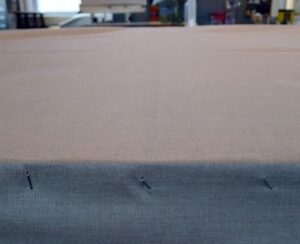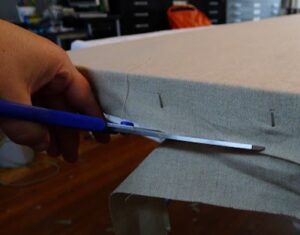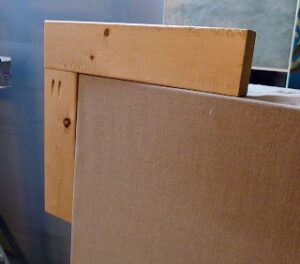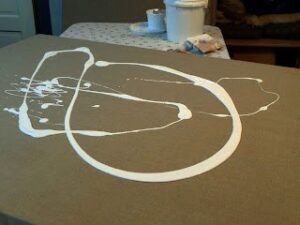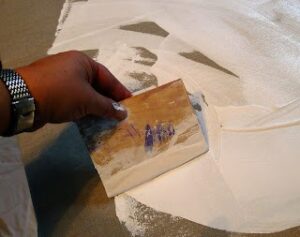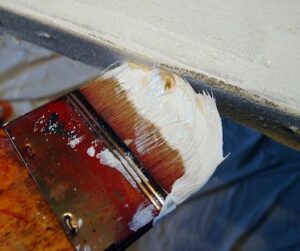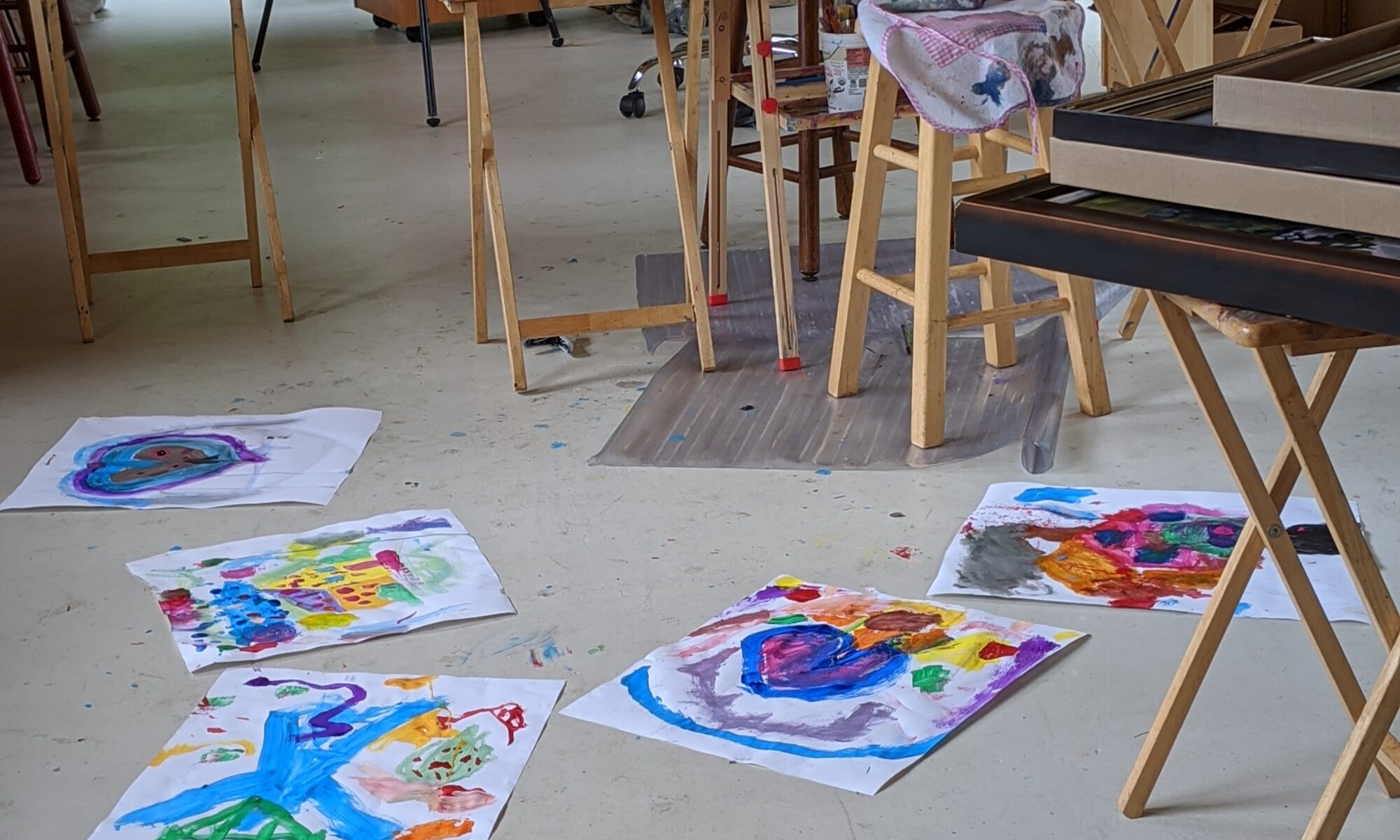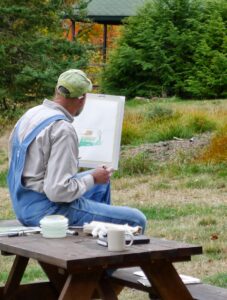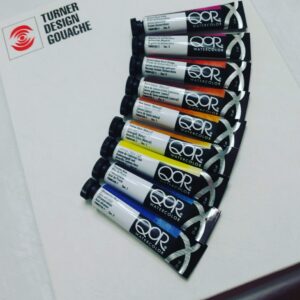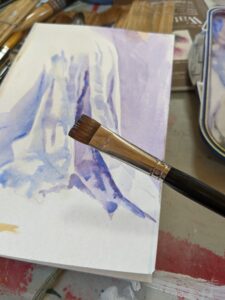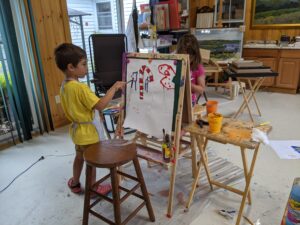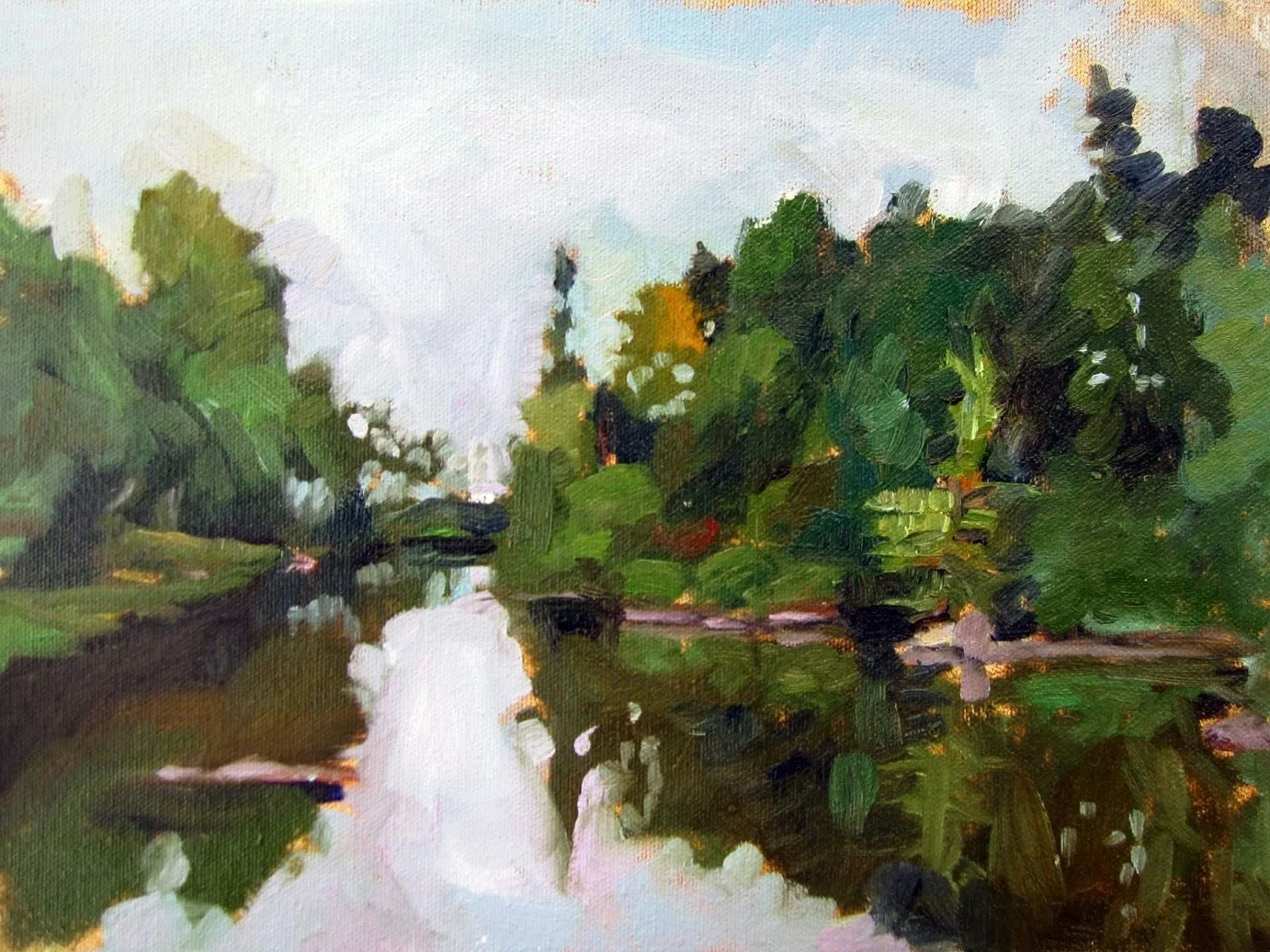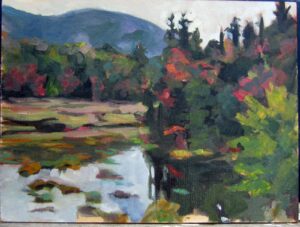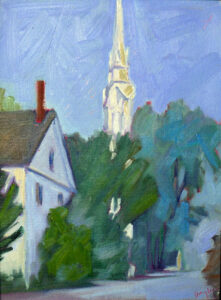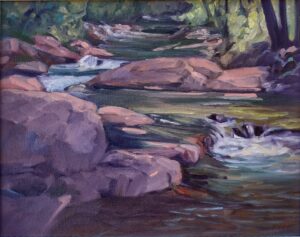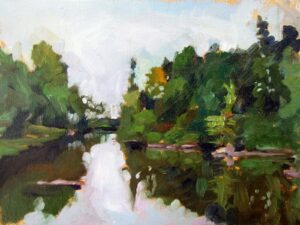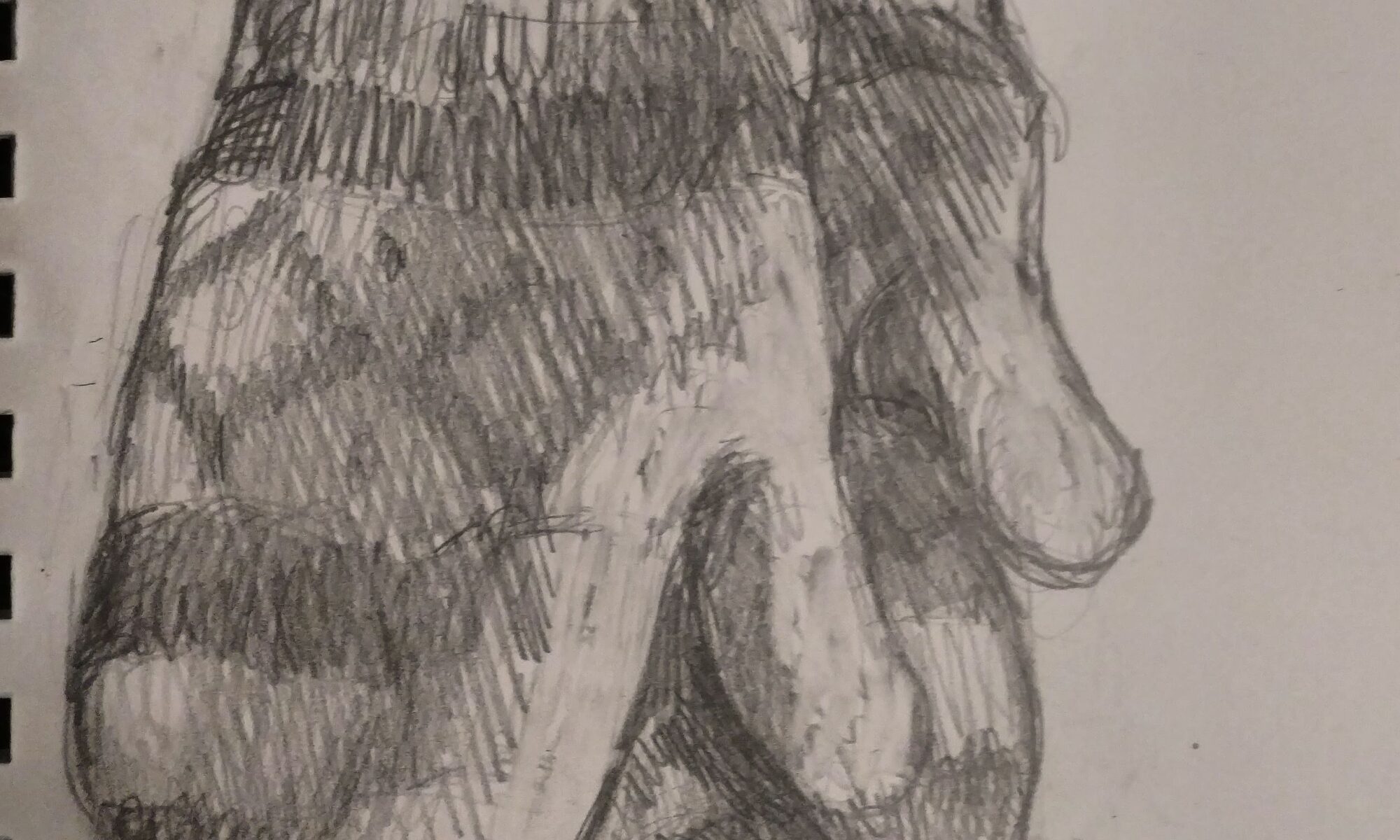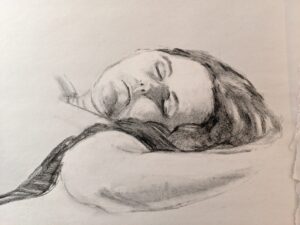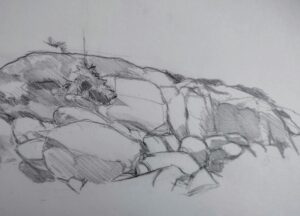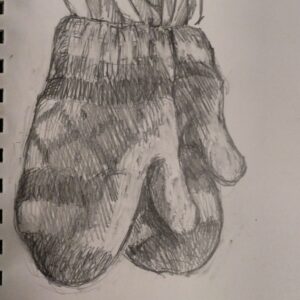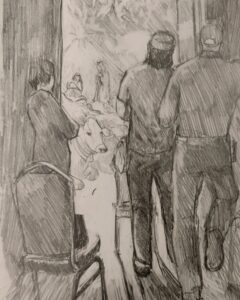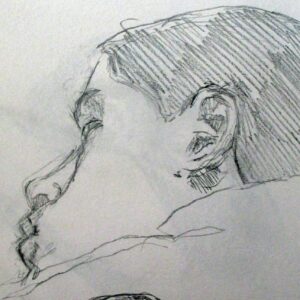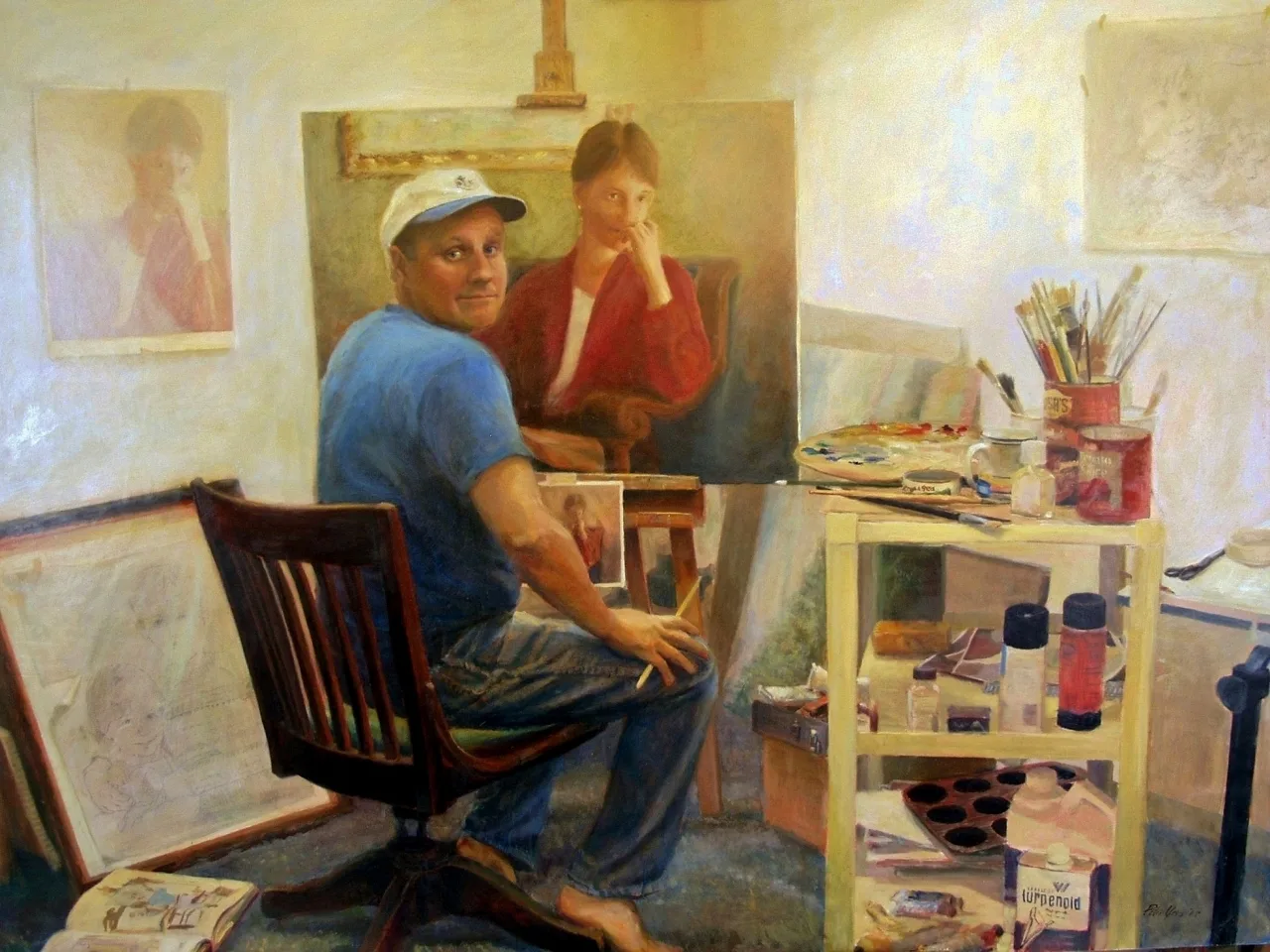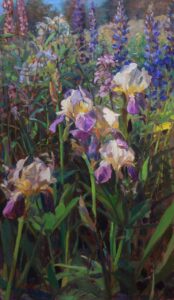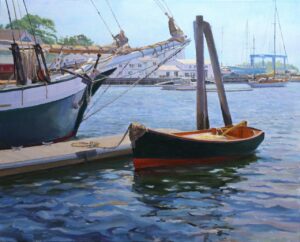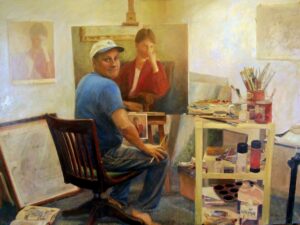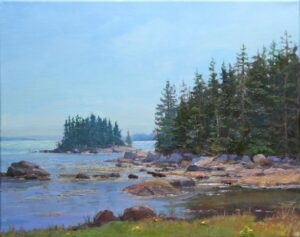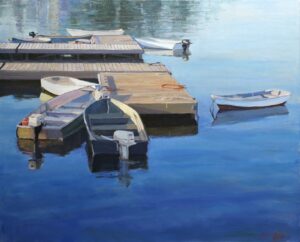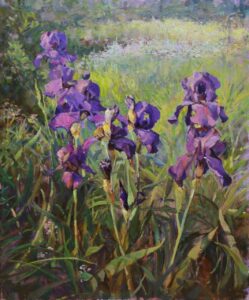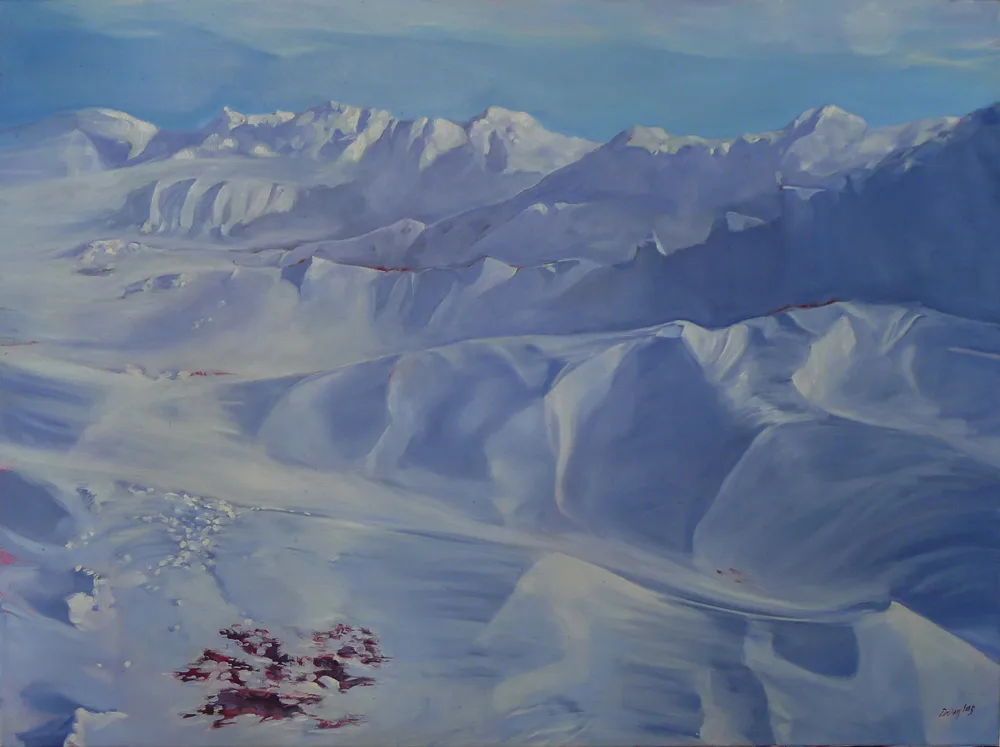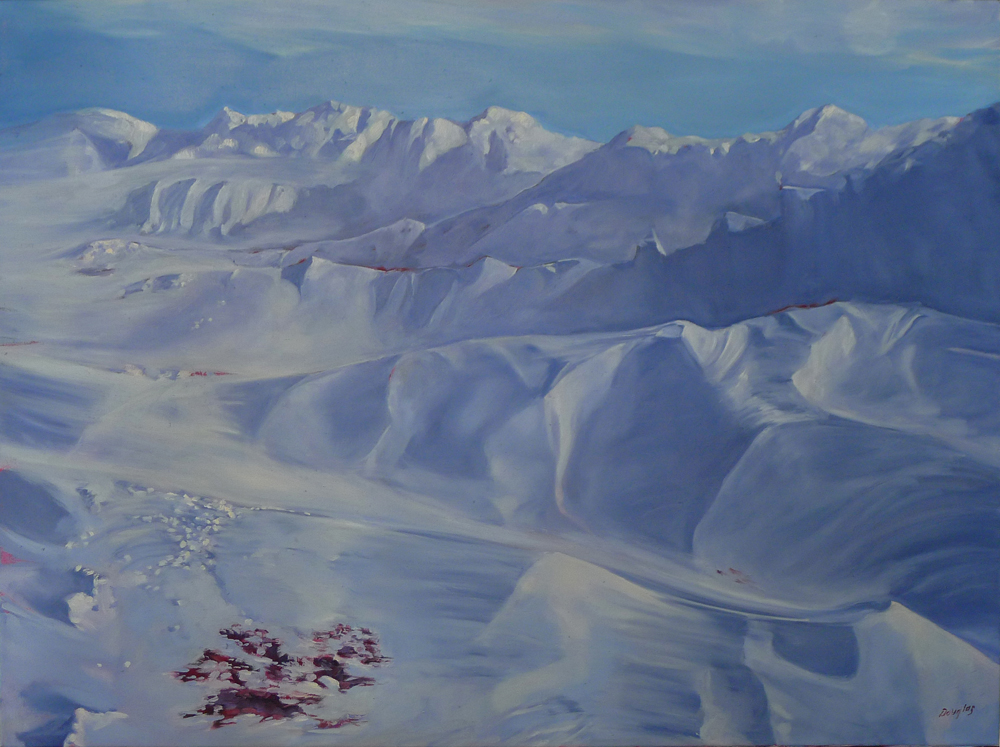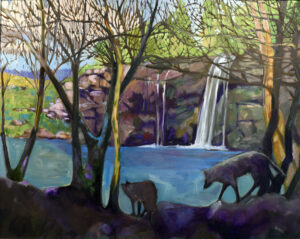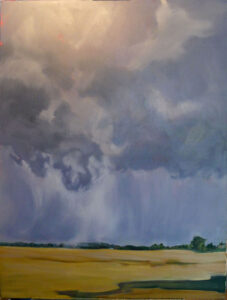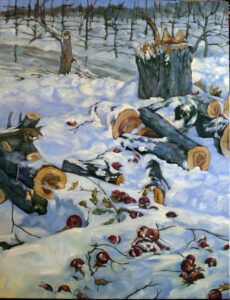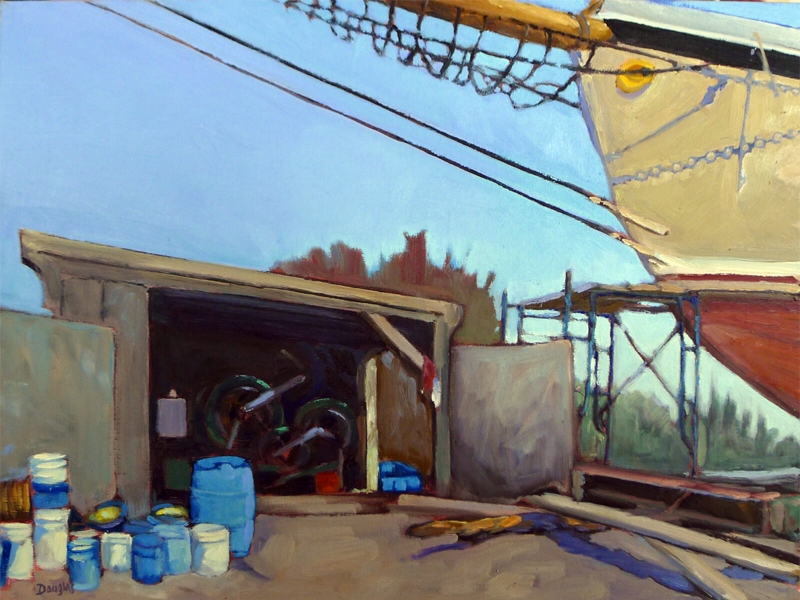
Happy Thanksgiving!
I’ve already driven through eight different states. Today I’ll bake seven pies. Tomorrow we’ll have more than twenty people at dinner.
However, don’t expect to see me out shopping on Friday. I tried it once, and… blech. However, I’m observing Black Friday with my own painting sale-20% off twenty selected paintings for five days.
It’s almost like those bad old days when department stores would advertise large-screen TVs and have only one in the store. Here I’m telling you upfront that there’s only one of each item. When the painting you love is gone, it’s really gone.
This sale lasts only until Cyber Monday (November 28th, 2022).
I asked my daughter to select the paintings, and she picked some of my absolute favorites. Here’s a behind-the-scenes look at three of them.
Quebec Brook
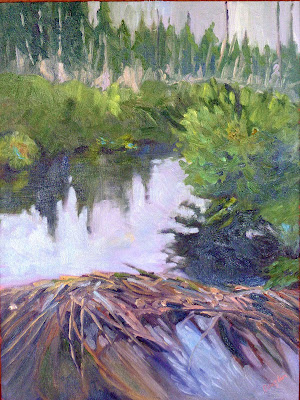
When Sandra Hildreth chooses a painting location, it’s always a place few others know about. This was a trailhead through the Quebec Brook primitive area, near Paul Smiths NY. It’s part of the Madawaska Flow, a large marshy primitive area includes running water, boreal bog and forest.
The beavers were just getting started on this muggy August morning. I’ve wondered ever since whether they were allowed to finish, or whether the DEC decided they were threatening the logging road and removed their dam.
To me, the beauty was in the shape and colors of the shoots they’d laid up, as well as the dull reflections below the alders. That pregnant sky is typical of the Adirondacks and the subtle warm colors will go beautifully with the warmer palette predicted by decorators for 2023-in other words, you’ll never get sick of it.
Best Buds
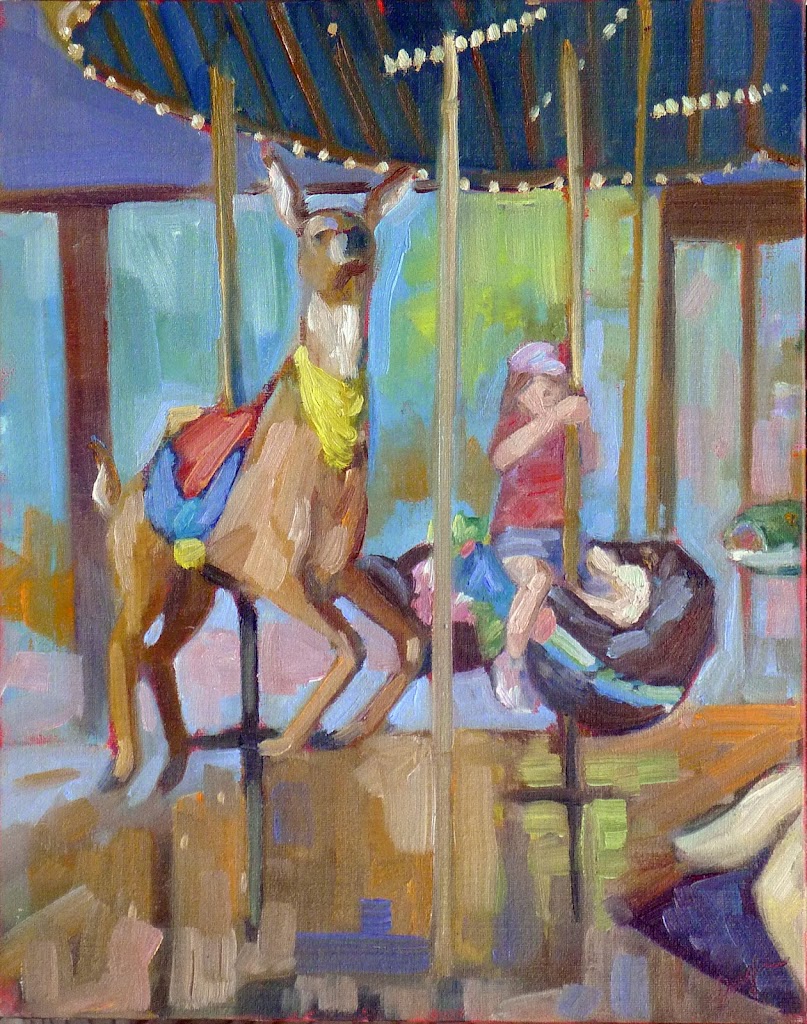
The Adirondack Carousel is a small gem located in Saranac Lake, NY. Coincidentally, its decorative boards were painted by Sandra Hildreth, and are little masterpieces in themselves. The carousel is beloved of local children because its seats are hand-carved and -painted animals native to the Adirondacks. (That includes a black fly, which I elected to leave out.)
I modeled the child after a little girl named Meredith Lewis back home in Maine. I see from her mom’s Facebook that she’s now more teenager than child, a transition that always leaves me wistful.
The title came from something one of the kids told me that day. The deer was her best friend, so she always chose the otter so that she and the deer could ride together.
How do you paint moving objects like a carousel or a tilt-a-whirl? You find the rhythm of the ride and look up in intervals.
This painting is in brilliant jewel tones. If you love carousels, it will give you as much joy as riding the real thing.
The Late Bus
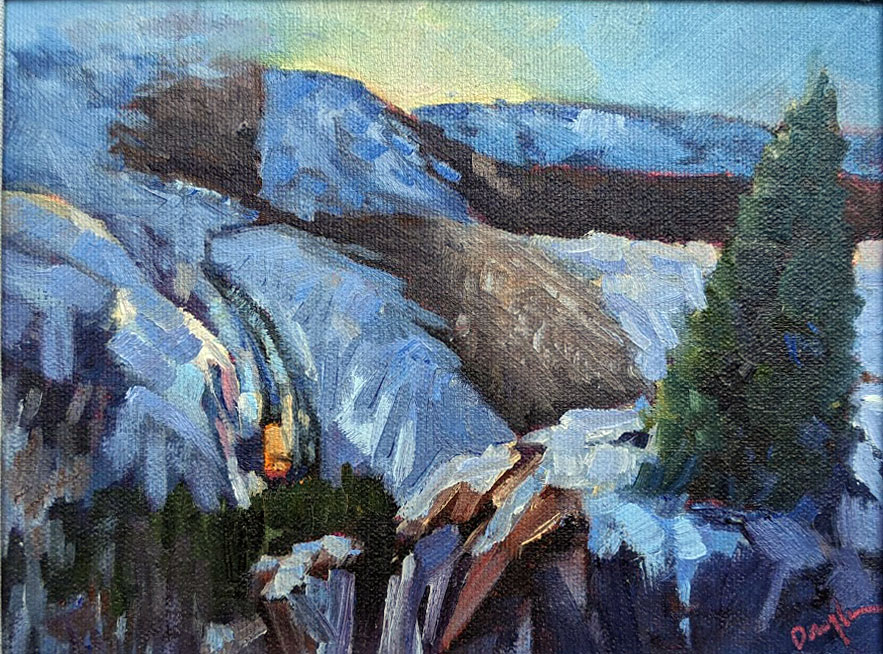
This is a painting that will probably only appeal to a person who grew up in the north and remembers the biting cold of ‘staying after’ school. I swam on my school’s swim team in Niagara County, NY. My bus dropped me at the end of the road and I walked the last quarter-mile home, my hair freezing in the bitter winter air. That walk was my transition from school to home, and it was my favorite part of the day.
There’s a clarity to the twilight of those evenings that stays with you forever. Fast forward a generation, and I was a parent of four ‘walkers,’ or kids who lived close enough to walk home. When they had to stay after, I’d collect them, as there was a busy intersection between their school and home. But how they got home is immaterial. That memory of evening changing to night, when all one’s chicks return to the nest, is one every parent cherishes.

